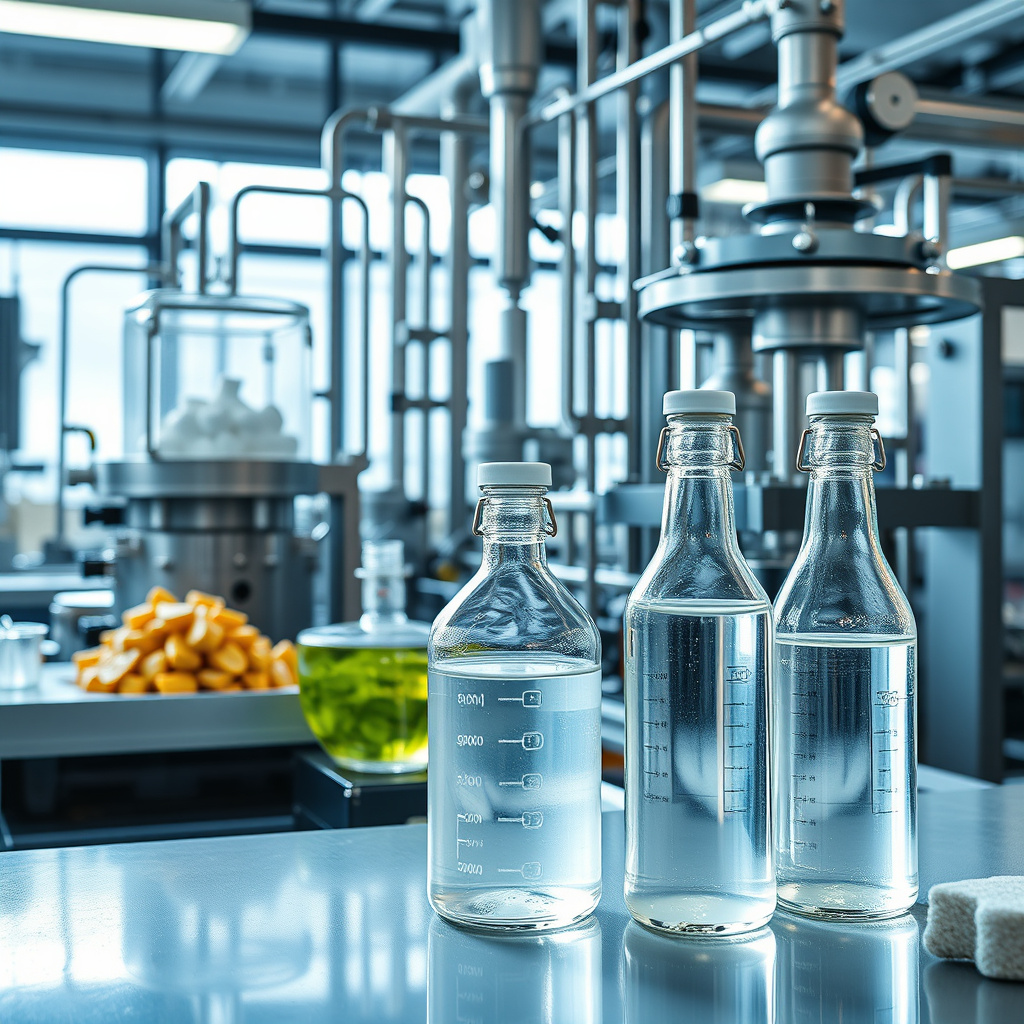Definition of Amine Purity Standards
Amine purity standards refer to the specifications and guidelines that determine the acceptable levels of purity for various amines, such as monoethanolamine, diethanolamine, and triethanolamine. These standards are crucial for ensuring that the amines used in chemical processes meet the necessary quality requirements for industrial applications. The purity of these compounds is often expressed as a percentage, with common concentrations including 85% and 99%.
Importance of High-Purity Amines
High-purity amines are essential in numerous industrial applications, ranging from pharmaceuticals to agricultural chemicals. The presence of impurities can significantly affect the performance and safety of the end products. Therefore, adhering to amine purity standards is vital for manufacturers who aim to produce reliable and effective chemical products. In the context of diethanolamine and other amines, maintaining high purity levels directly influences the efficacy of the final application.
Testing Methods for Amine Purity
Various analytical techniques are employed to assess the purity of amines, including gas chromatography (GC), high-performance liquid chromatography (HPLC), and nuclear magnetic resonance (NMR) spectroscopy. These methods allow for the precise quantification of purity levels and the identification of impurities present in the amine samples. Implementing these testing methods is essential for suppliers to ensure compliance with established amine purity standards.
Regulatory Bodies and Amine Purity Standards
Several regulatory bodies, such as the American Chemical Society (ACS) and the European Chemicals Agency (ECHA), provide guidelines for the purity standards of amines. These organizations establish criteria based on safety, environmental impact, and performance requirements. Companies involved in the buying, supplying, and exporting of amines must adhere to these regulations to ensure their products are deemed safe and effective in various applications.
Applications of Amine Purity Standards in Industry
Amine purity standards play a critical role in multiple sectors, including agriculture, pharmaceuticals, and the manufacturing of surfactants. For instance, in agriculture, high-purity amines are utilized as intermediates in the synthesis of herbicides and pesticides. In pharmaceuticals, they serve as building blocks for active pharmaceutical ingredients (APIs). By ensuring compliance with amine purity standards, suppliers can enhance the reliability and quality of their products across these industries.
Impact of Impurities on Product Performance
The presence of impurities in amines can lead to unwanted side reactions, reduced efficacy, and compromised safety in chemical formulations. For example, impurities may alter the desired chemical properties, resulting in less effective agricultural products or pharmaceuticals. As such, adhering to amine purity standards is not only a regulatory requirement but also a critical factor in maintaining product integrity and performance.
Supplier Responsibilities in Meeting Purity Standards
Suppliers of amines, particularly those targeting international markets like the U.S., have a significant responsibility to ensure that their products meet the specified purity standards. This involves rigorous quality control processes, regular testing of batches, and proper documentation to demonstrate compliance with industry standards. By prioritizing purity, suppliers can position themselves as trusted sources for high-quality amines.
Market Trends in Amine Purity
The demand for high-purity amines has been steadily increasing, driven by their extensive use in various industrial applications. Suppliers are continuously adapting to market trends by investing in advanced purification technologies and improving their quality assurance processes. Understanding and implementing amine purity standards is essential for suppliers looking to remain competitive and meet the evolving needs of their customers.
Future of Amine Purity Standards
The future of amine purity standards is likely to be shaped by advancements in analytical techniques and a growing emphasis on sustainability within the chemical industry. As environmental regulations become more stringent, suppliers will need to adopt practices that not only ensure high purity levels but also minimize the environmental impact of amine production. Continuous innovation and adherence to evolving standards will be critical in this regard.


